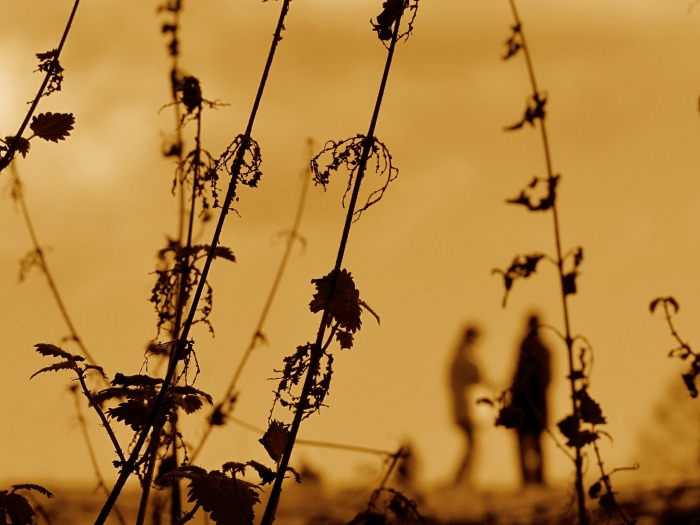
Gardeners up and down the country spend hours and hours tackling weeds in their gardens. Sadly, weeds have a way of coming back year after year and disrupting the lawn and surrounding plants. Here at Total Weed Control, we offer a weed control service that tackles all kinds of different weeds using professional herbicides. One of the questions we often get asked is - "do you have to pull up dead weeds after spraying them?"
The short answer is yes, but it's important that you pull the dead weeds up in a very specific way to ensure that they don't come back to haunt you the following year...
1. Make sure the weed killer has had time to work
One of the first mistakes that people make is trying to pull up the weeds before they've had time to properly absorb the weed killer. When the weeds have been sprayed, it can take a couple of days for the chemicals to be drawn down into the root of the plant. There are a few different variables that affect how long you should wait before attempting to pull up the weeds:
How strong was the weedkiller? Weaker formulas take longer to work.
How was the weedkiller applied? If it was only applied near the top of the plants it will take longer to reach the roots.
Has it rained since the weedkiller was applied? This can lessen the effects of the first application.
2. Pull the weeds up from the base
Another mistake that people make is trying to pull up the weeds from the top of the plant. When you do this, you run the risk of splitting the plant in half, leaving a large amount still in the ground. Ideally, you want to reach down to the very bottom of the plant and prise it out of the ground in its entirety. If you're dealing with spiky, thorny or stinging weeds then we recommend you wear a thick pair of gardening gloves to do this.
3. Check for remaining roots, dig out if necessary
If you pull up the treated weeds and notice that some of the roots are still in the ground, there's a possibility that they'll re-sprout next year. So, in this scenario, you should use a small trowel to dig up the earth and remove as much of the root as you can.
4. Check for re-growth, re-treat if necessary
If the first weed treatment was successful, then you shouldn't see any more weed growth in the treated areas. However, it's wise to keep an eye out in your garden for weed re-growth during the first few weeks. If you can catch it early with a second dose of weedkiller you dramatically reduce the chance of it returning again.
READ MORE: How to Prevent Weeds from Growing
Additional Tips!
- Be careful when you pull up the weeds that you don't accidentally spread seeds or seed pods. This could cause new weed growth in other areas of your garden.
- Look at surviving weeds carefully. If there are only one species left, then you may need to apply an additional, targeted weed killer.
- Be cautious about leaving weeds to decompose. As mentioned above, mature plants with seeds could create a new problem. Younger plants that haven't gone to seed can be left to decompose and will provide nutrients to the soil.
If treating the weeds in your garden seems like too much of a chore, don't worry. We offer a professional weed control service that will help you eradicate all kinds of weed - even Japanese knotweed! Find out more about this service below.
Weed, Shrub and Bramble Clearance >
